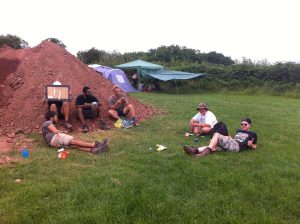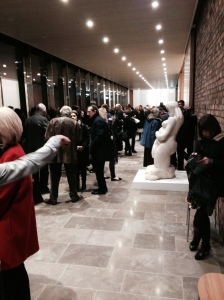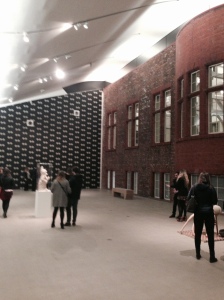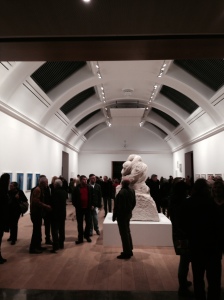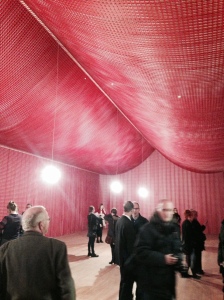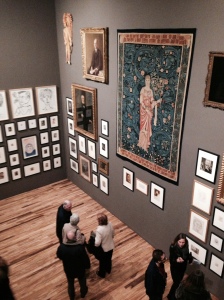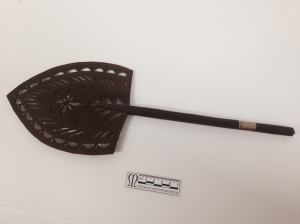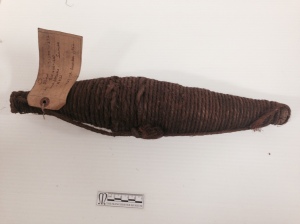This week, we’ve been stepping up the meetings about the visible diggers project. To try and find answers to questions regarding whether students feel they are are valued and heard in the field and also whether their work during excavation is represented in the final report, we have devised a survey. This will be distributed shortly and I’ll share a sample copy with you when finalised. We will be presenting the results of this research, in some form, at the CIfA conference in Cardiff in April. The theme of the conference is ‘the Future of Your Profession,’ and there will be papers given on a wide range of issues regarding the future of the archaeological profession. You can read more about the conference and have a look at the session abstracts here. I’m really excited to be a part of this research and especially to be able to present our results at an academic conference where it could make a difference to the way archaeology is taught in the field.
This is our abstract, if we choose to give a paper, but may look at other ways to present the research at the conference:-
Visible diggers? Engagement and communication: a student perspective.
Matthew Hitchcock, Stephanie McCulloch, Liya Walsh (University of Manchester)
This is a session that is about the future of engagement, and we are the future of engagement! We are a team of students undertaking a piece of research to understand whether students feel valued, and indeed whether they are valued, in the interpretive process. In this paper we will present the findings of our study and we will think about the implications of them for how engagement occurs – can the experiences of students help us think about how we communicate in the field with other audiences who do archaeology?
We’ll also be creating a separate blog with further detail of the project’s progress, which I’ll post a link to on here.
In other news, the opening events at the Whitworth Art Gallery came to a spectacular climax on Saturday evening after a series of performances and lectures in and around the gallery throughout the day. A choir performance with synchronised fireworks over the gallery saw an end to an week that saw an immense amount of visitors to the gallery. You can view some photos of the evening and other events from the week on the gallery’s instagram page here.
